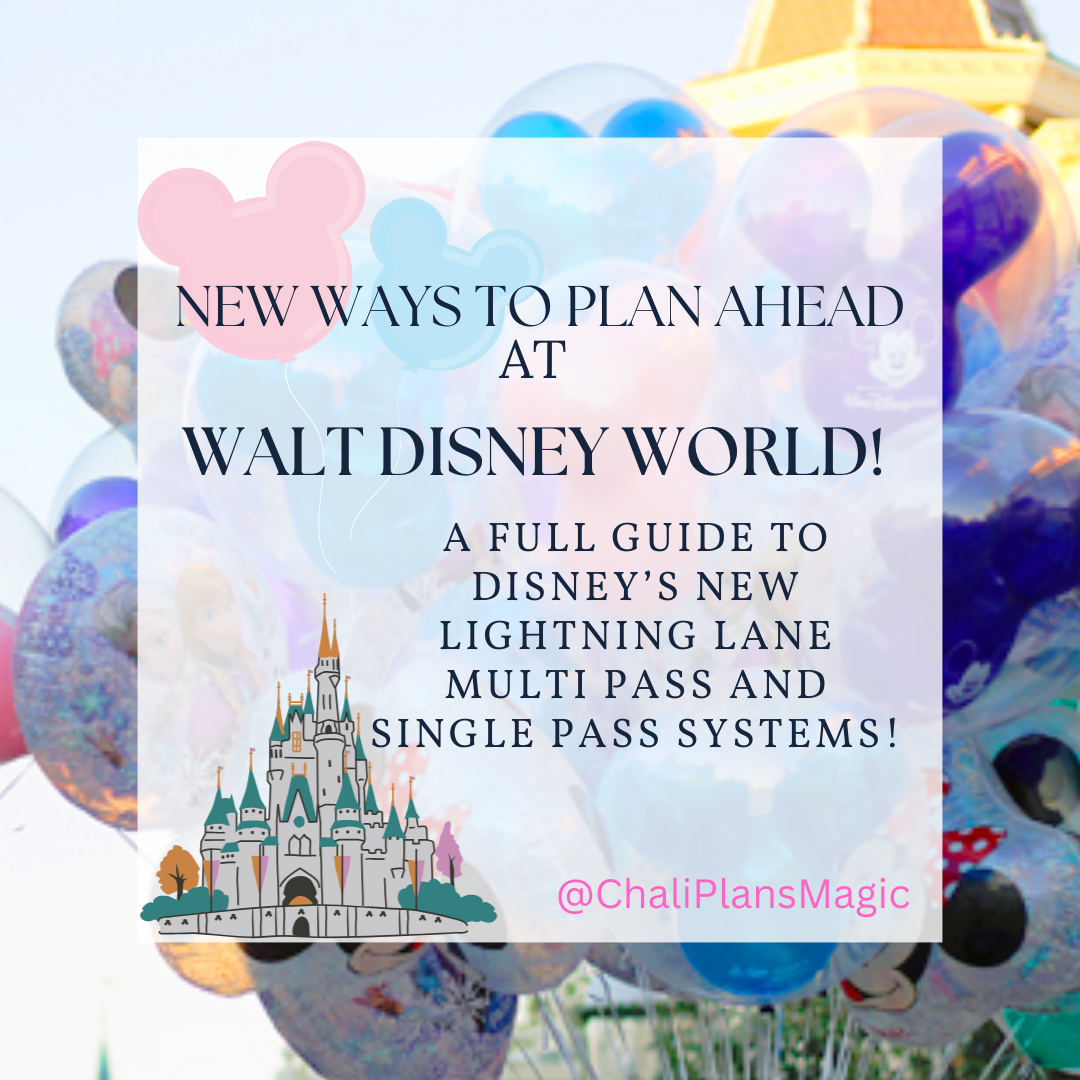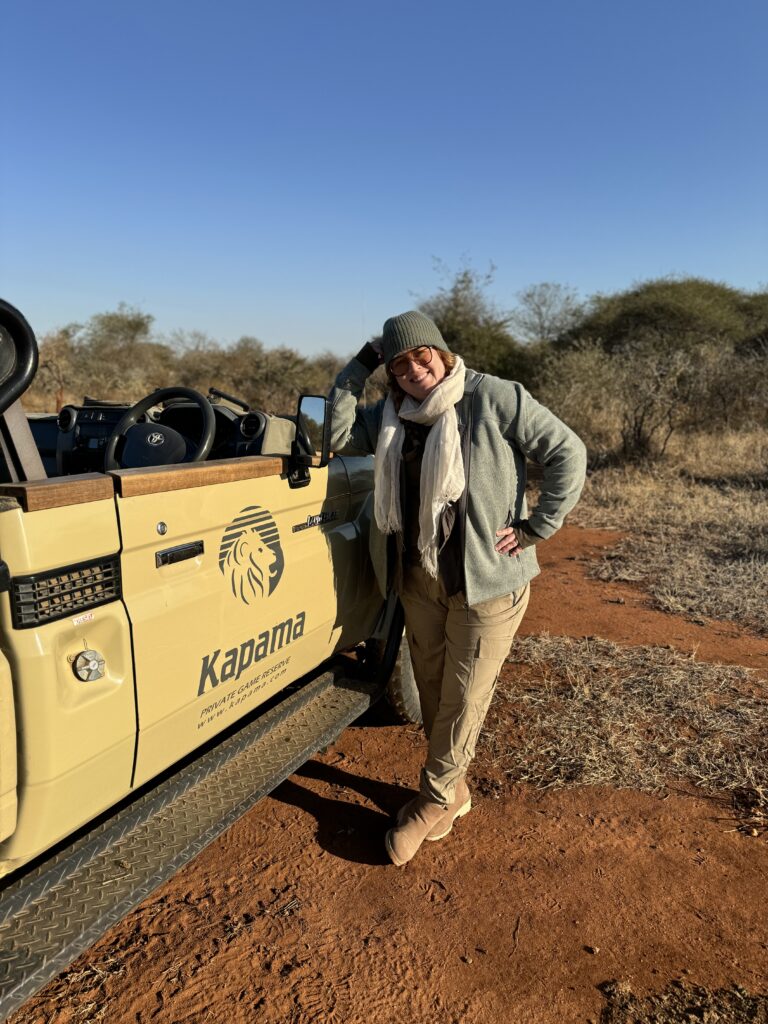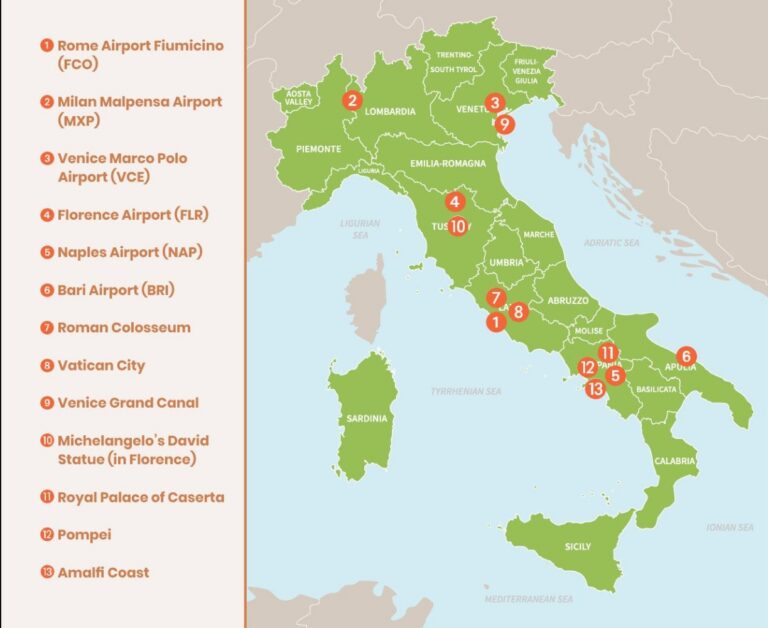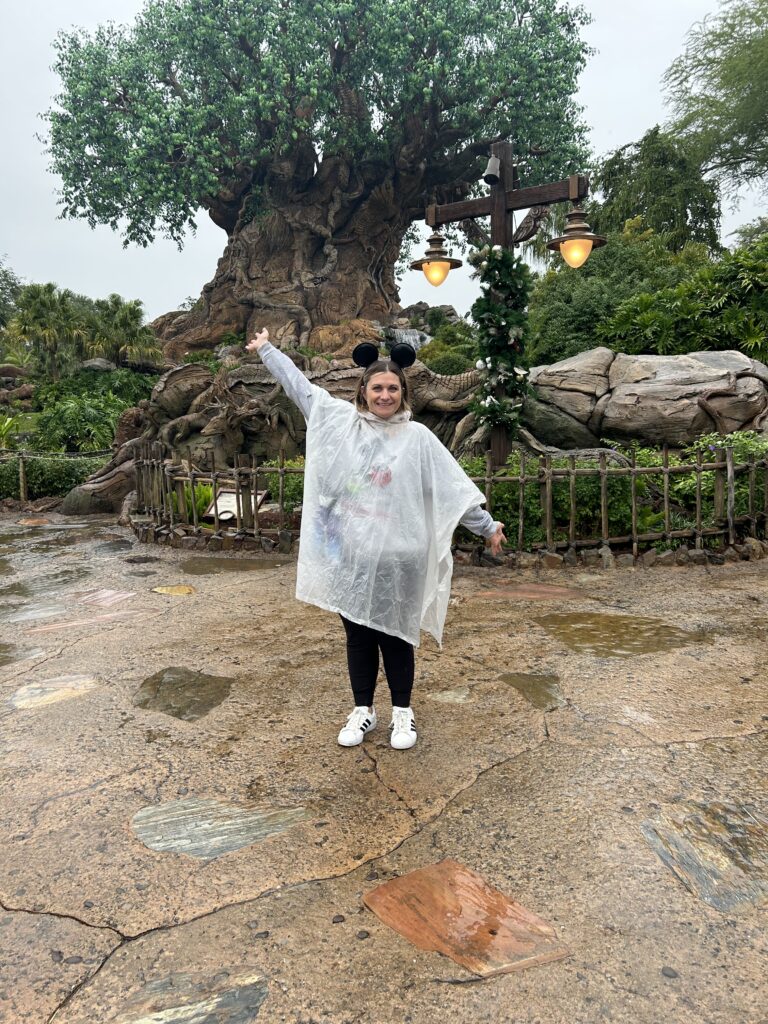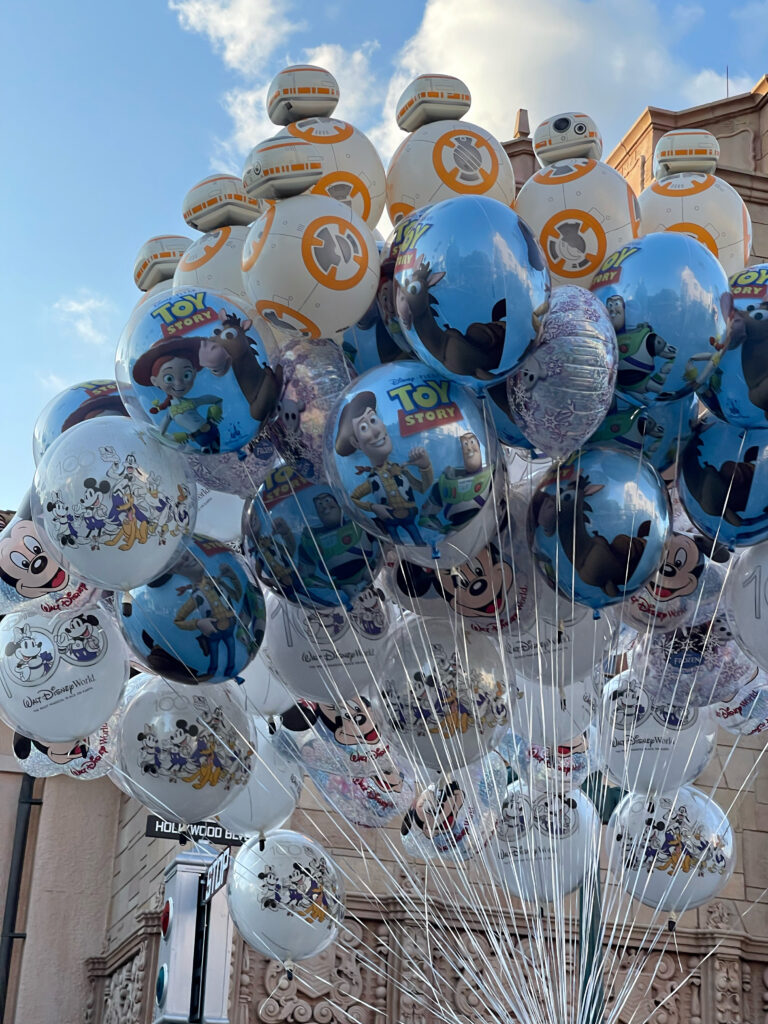
Lima, Peru, is a dynamic, vibrant city full of contrasts. Modern skyscrapers stand beside pre-Incan pyramids that cover entire city blocks. The City of Kings was formerly just a stopover en route to the tourist mecca of Cusco and the Incan ruins of Machu Picchu, but visitors to Lima are now spending more and more time soaking up the cosmopolitan atmosphere in Peru's capital city, where fine museums and world-class dining combine with thousands of years of history.
Whether you are shopping in designer boutiques and posh malls, partying until dawn in a nightclub facing the Pacific, or sampling seafood in the city's best cevicherias, there is something for almost everyone in Lima.
Must See or Do
Sights—The sights of Lima's colonial past, including the Historic Center (a UNESCO World Heritage site) and Barrio Chino (Chinatown); the ossuary, convent and architecture at the Iglesia y Convento de San Francisco; the changing of the guards at the Government Palace; the cliff-side bohemian neighborhood of Barranco.
Museums—Pre-Columbian artifacts at the Museo Arqueologico Rafael Larco Herrera; a chronological investigation of Peruvian history at the Museo de la Nacion; art from pre-Incan to modern times at the Museo de Arte de Lima (MALI); authentic Incan gold at the Museo Oro del Peru.
Memorable Meals—Stunning pyramid views from Huaca Pucllana Restaurant; Gaston Acurio's trendy criollo dishes at Panchita; novo-Peruvian delicacies at Malabar.
Late Night—The city's best nightclubs at Larcomar Shopping Center; dinner and drinks at a pena (folk-music club) downtown; craft beer and live music in Barranco.
Walks—From Barranco's main plaza to the Pacific; through Colonial Lima; the seaside malecon in Miraflores; Parque El Olivar in San Isidro.
Especially for Kids—Learning about Peruvian wildlife at Parque de las Leyendas; marine animals on the Islas Palominos; the beaches of La Costa Verde.
Geography
Lima sits in the middle of the coast of Peru in the Chillon, Rimac and Lurin river valleys. The area is a desert sprinkled with small mountains that are now the sites of some of Lima's urban sprawl. Parts of the city sit on a cliff that overlooks the Pacific. A wide, sandy area follows the shoreline and is home to beaches, roads and restaurants.
Neighborhoods sprawl out in every direction from the colonial center. Most of the important neighborhoods border the coastline or sit not far from it. In the far north is Callao, which is actually a separate city and is home to the airport and cruise ship terminal. Most other tourist-oriented areas sit south of the center, including Pueblo Libre, San Isidro, Miraflores, Barranco and Chorrillos.
History
After the Spanish gained control of the Inca empire, they moved down from the Andes to build a capital on the coast: Lima was founded by Francisco Pizarro on 18 January 1535. At the time, small populations of native people were already living in fishing and farming settlements in the area. They had only been recently conquered by the Incas, however, and so were indifferent to the arrival of the Spanish.
The city became a Spanish capital in South America and one of the wealthiest cities on the continent. The nearby port of Callao became the point of export for Inca gold, Potosi silver and other goods that were being exploited in the Andes. Thus, it became a target for pirates, who sank dozens of Spanish galleons and frequently attacked the port. It's possible to see the remains of the defensive wall that Spaniards built in hopes of protecting their treasure.
Wide-scale trade stretched across the globe in the 18th century, and the city grew significantly. An earthquake in 1746 nearly destroyed the city, but it was soon rebuilt using African slave labor. Growth was slowed after independence was declared in 1821, but increased dramatically several decades later when the influx of capital from the guano boom allowed the city to expand. (Guano is nitrate-rich seabird droppings used for fertilizer.) The boom ended with the War of the Pacific (1879-83), when Peru lost some nitrate-rich areas to Chile.
The population ballooned in the 20th century as laborers moved down from the Andes to find work, setting up shanty towns around Lima, called pueblos jovenes. During the 1980s and '90s, terrorist groups from the Andes made Lima one of their targets, and the city saw numerous small bombings, until the major terrorist leaders were captured in 1992. The eradication of terrorism in the mid-1990s culminated with scandals involving Vladimiro Montesinos, the Peruvian chief of intelligence; President Alberto Fujimori fled the country to Japan before criminal charges could be brought against him.
In 2001, Alejandro Toledo was the first indigenous person to be elected president in Peru (or any Andean nation). His term was economically unpopular, and in 2006 conservative Alan Garcia, whose first term in office in the 1980s was disastrous, followed him. His later term was far more successful and the economy expanded rapidly. However, social conflicts resulting in several clashes between indigenous protestors and security forces marred his presidency.
In 2011, Ollanta Moises Humala Tasso, a center-left candidate and a former military officer, replaced Garcia, winning a run-off vote against his opponent, Keiko Fujimori, the daughter of the disgraced and imprisoned former president. Humala promised social reforms to balance the economic development and foreign investment, but faced ongoing criticism over land rights and sustainability, as well as complaints from detractors and protestors who believe he merely followed the path of Alan Garcia.
Pedro Pablo Kuczynski was elected president of Peru in 2016. In 2018, Kuczynski resigned amid accusations of corruption. He was succeeded by Martin Vizcarra, whose administration focused on such issues as anti-corruption and climate change. In late 2022, Dina Boluarte, Peru's first woman president, replaced her predecessor, Pedro Castillo, who was arrested for attempting to dissolve Congress in what was widely perceived as an attempted coup.
Potpourri
Lima's coastline is often called La Costa Verde, or The Green Coast, because of the vegetation that grows along the sides of the oceanfront cliffs.
Lima sees little annual rainfall. The only precipitation comes from a heavy mist, called garua, that covers the city for much of the year.
Lima's newspaper, El Peruano, is the oldest Latin American newspaper still in existence. It was founded in 1825 by Simon Bolivar.
The 1919 census tallied 173,000 inhabitants in the metropolitan area of Peru's capital. Less than a century later, the number was greater than 8 million.
Chinese immigrants began arriving in the mid-19th century, and Lima's Chinatown, although modest, is the biggest in South America.
Location
Cruise ships visiting Lima dock at the nearby town of Callao, which is located 7 mi/11 km from central Lima and 11 mi/18 km from Miraflores. There are few amenities for cruise ship passengers at the pier, and the surrounding area is not very safe. Taxis are available at the port to transport visitors into Lima, which generally takes 30-40 minutes depending on the traffic.






















